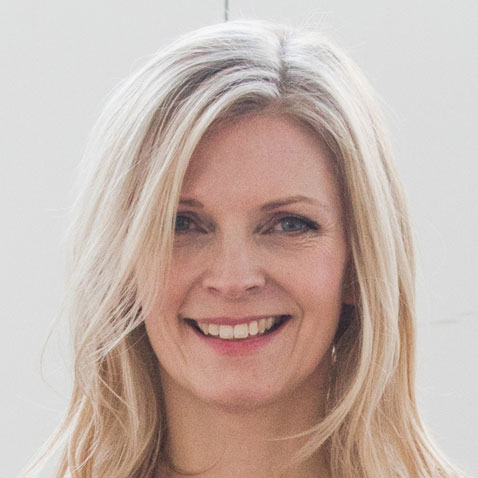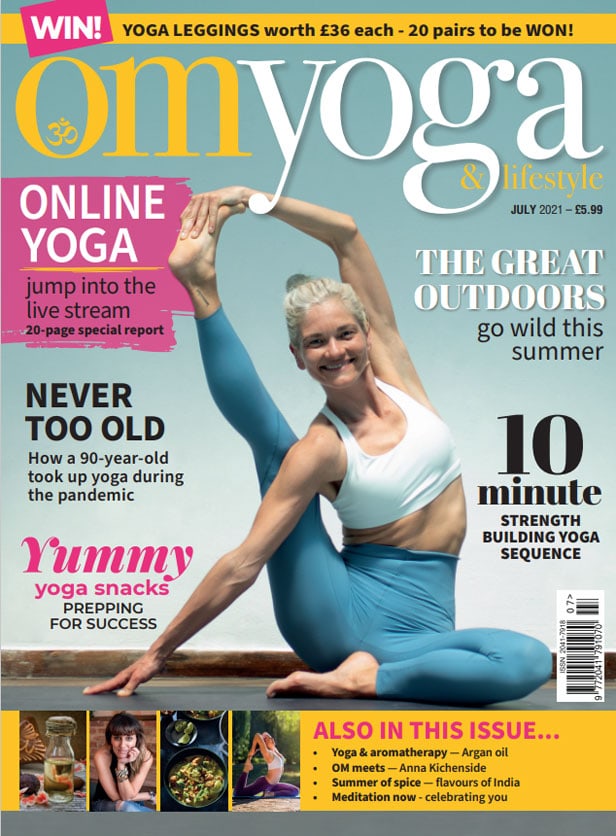
A 360º overview of...
Monkey Pose (Hanumanasana)
With Dr Kiki Morriss
Stretch and strengthen your hamstrings, thighs, groin and arms with Monkey Pose (Hanumanasana)
Hanuman, the Monkey God, is said to have adopted this challenging forward-splits pose as he leapt from the southern tip of India to Sri Lanka to rescue Sita, Rama’s wife, from the evil demon Ravana. The way to master this pose is by constant repetition. If you make it an integral part of your daily practice, your legs and hips will gradually ease into the pose.
The benefits of this pose:
- Stretches and strengthens your hamstrings, thighs, groin and arms.
- Extends your spine and lifts your chest.
- Builds your confidence and cultivates determination.
- Focuses and calms your mind.
Cautions:
- Avoid Monkey Pose if you have a hamstring or groin injury
- Listen to your body carefully as you move into the pose.
Variations:
- From forward splits with right leg forwards & left leg backwards – remember to repeat on the other side.
- Exhale and fold over your right leg. Rest your arms on either side of your right leg.
- Hold the toes of your right foot with your right hand. Bend your left knee and reach back to hold your left foot with your left hand.
PREPARING FOR THE POSE
- Try practicing with the support of two chairs, placed on either side of you.
- Place your hands on the seat of each chair and use them to support your upper body, as you gradually move deeper into the pose.
- As you move lower in the pose you can rest your elbows on the chairs. Then progress to using yoga blocks or books for support.
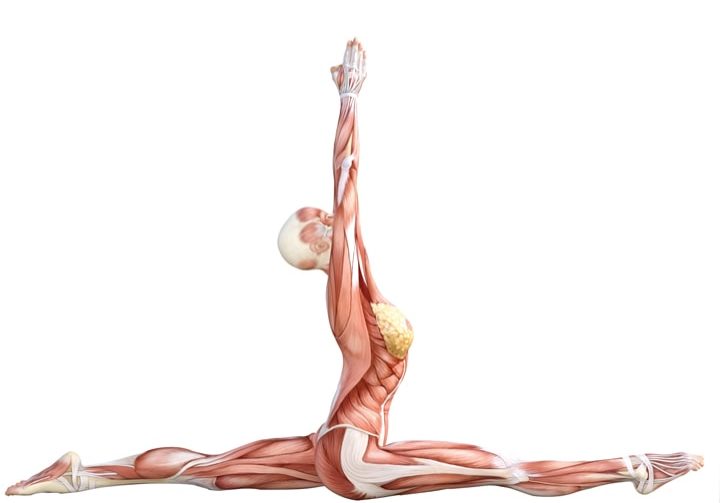
COMING INTO THE POSE
- Start in Downward Dog.
- Step your right foot forward between your hands.
- Lower your left knee to the floor.
- Lift onto your right heel and keep your left toes curled under.
- Support your weight on your hands.
- Begin to slide your right heel forwards and your left toes backwards, as you edge into the pose.
- Keep your hips squared forwards.
- Gradually take less weight on your hands, as you straighten your legs and gently allow your body to deepen into the pose.
FOCUS YOUR GAZE
- In the full pose your dristi (focal point) is at your thumbs. Keep your gaze soft
- If you are not yet in the full pose and are using your hands to support your body, gaze softly at a fixed point straight ahead.
FOCUS ON YOUR BACK HIP & LEG
- Extend your back hip by activating your gluteus maximus, hamstring and adductor magnus muscles.
- Stretch your psoas muscle as you extend your back hip.
FOCUS ON YOUR FRONT HIP & LEG
- Stretch the hamstrings of your front leg as you flex your hip and straighten your knee.
- As you flex your front hip you will also stretch your gluteal muscles
LENGTHEN YOUR SPINE
- Lift your spine using your erector spinae and quadratus lumborum muscles.
- Extend your back.
FOCUS ON YOUR ARMS
- Lift your arms on either side of your head using your anterior deltoid muscles.
- Bring your hands into prayer position above your head.
- Extend your elbows by engaging your triceps.
- Soften your shoulders away from your ears.
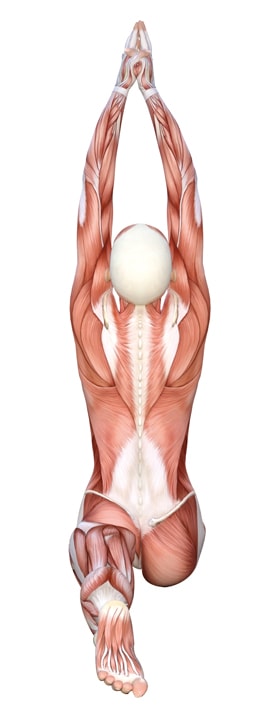
- Relax your jaw and feel space between your back teeth.
- Activate your infraspinatus and teres minor muscles to externally rotate your shoulders.
- Draw your arms backwards.
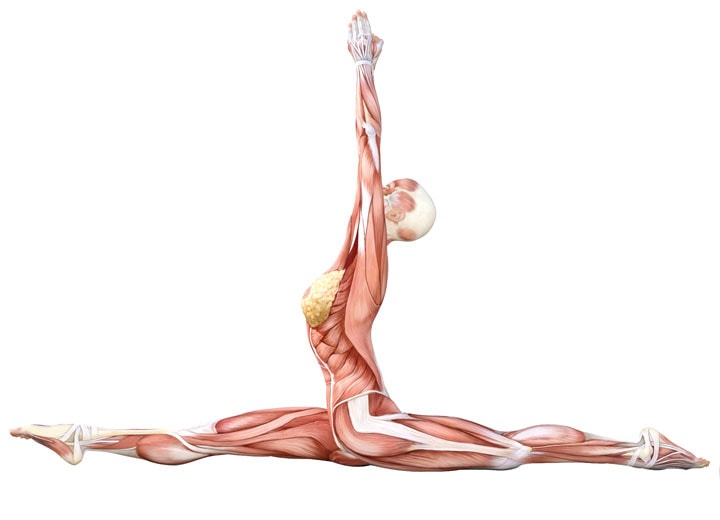
FOCUS ON YOUR CHEST
- Lift your chest and feel the stretch of your transversus abdominis and rectus muscles at the front of your body.
- Stay in your fullest expression of the pose for 5 steady breaths.
- Contract your gastrocnemius and soleus muscles to plantarflex your front ankle.
- Engage your gastrocnemius and soleus muscles to point your back foot.
FOCUS ON YOUR FEET
BREATHING IN THE POSE
COMING OUT OF THE POSE
- Move back to Downward Dog.
- Repeat on the other side.


